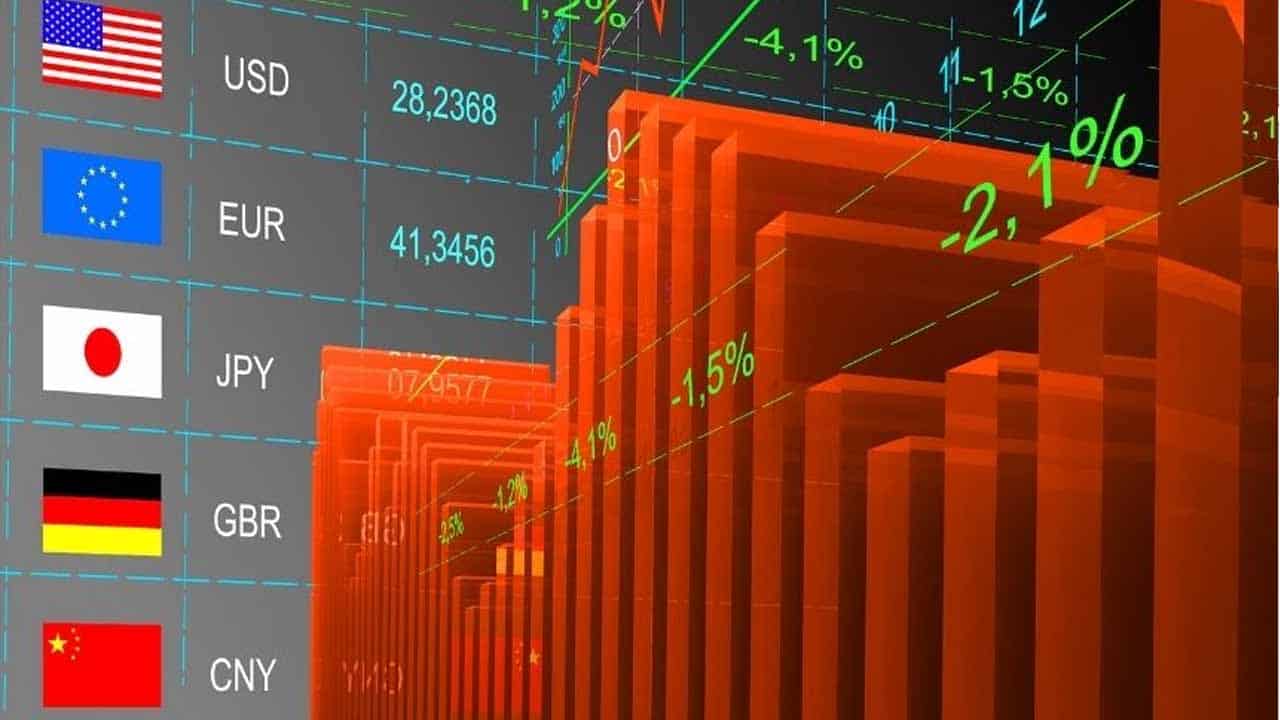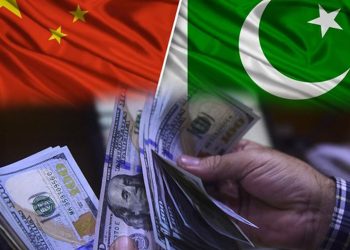Since August 2021, the State Bank of Pakistan’s (SBP) foreign exchange reserves have been falling, reaching a low of about $8 billion in the final week of September 2022.
These reserves were depleted quickly by the consumption-led boom. History has taught us that consumption-driven booms swiftly deplete foreign exchange reserves and lead to balance of payments (BOP) issues.
When a country faces BOP problems, either the dwindling of foreign exchange reserves takes place or the rupee devalues. Under these set of conditions, recourse to the International Monetary Fund (IMF) becomes a reality.
Pakistan’s fixed exchange rate policy
Journalists, analysts, and economists have criticized Pakistan’s fixed exchange rate policy from 2013 to 2017. They believe that the stable rate is a sign of an approaching overvalued exchange rate, which would make exports less competitive.
Additionally, imports become more affordable, increasing the trade deficit. Similar to how capital inflows supported consumption, debt accumulation was likewise a result of them.
The nation experienced BOP issues due to the country’s slow export development and low amount of foreign direct investment. This narrative frequently mentions the function of the price mechanism.
Now let’s look at the other scenario from 2018 to 2022 where the government used an exchange rate determined by the market. During this time, the rupee-to-dollar parity moved from 122 to 180. By ignoring the overwhelming growth of imports, supporters asserted that the nation had seen a respectable increase in exports. A sign of the consumption-led boom, which eventually explodes into BOP issues, is the rapid expansion of imports. However, the rupee plunged, and in a short period of time, the rupee-dollar parity fell to 240. This is particularly unique in Pakistani history because the value of the currency fell dramatically in a short period of time.
The current currency crisis manifests how market forces operate in a developing economy, like Pakistan, which is in the grip of political turmoil and where foreign exchange reserves are on the downhill.
Policymakers are talking with the IMF, which idemanding strict prior actions including a significant increase in the price of gasoline and electricity. The nation also depends on imports, which costs money. The neighboring nation has a pent-up desire for dollars.
There is a shortage of dollars in the economy when these conditions exist and there is an excessive demand for dollars relative to their supply. In the currency market, where speculators actively work to devalue the currency, speculation becomes rampant. Then, should we describe this as a market? Let it be unrestricted.
Fixed Exchange Rate and the Variable Exchange Rate
If we look closely, the conflict between the fixed exchange rate and the variable exchange rate is what is causing the above tension.
- If we notice carefully, the above tension is between the fixed exchange rate vs the flexible exchange rate.
- In the fixed exchange rate regime, the inflation rate was low in the country while the international interest rates also remained low.
- In the flexible exchange rate regime, the inflation rate remained high and the international interest rates started to increase in the first quarter of 2022.
In Pakistani history, the experiment with a flexible exchange rate regime is new. The fixed exchange rate will be preferred by industrial capitalists, but the flexible exchange rate will be preferred by finance capitalists.
In a nutshell, in a developing economy like Pakistan, the exchange rate will act as the primary source of inflation fuel. The price mechanism does not function as well as it does in industrialized nations. Due to structural rigidities and less mobile components, the adjustment process is slow. Supply is bound to adjust slowly.
When developing any development policy, attention must be paid to structural rigidities. The price system alone will not provide results.
Reference: The writer is the Assistant Professor of Economics at SDSB, Lahore University of Management Sciences (LUMS)






